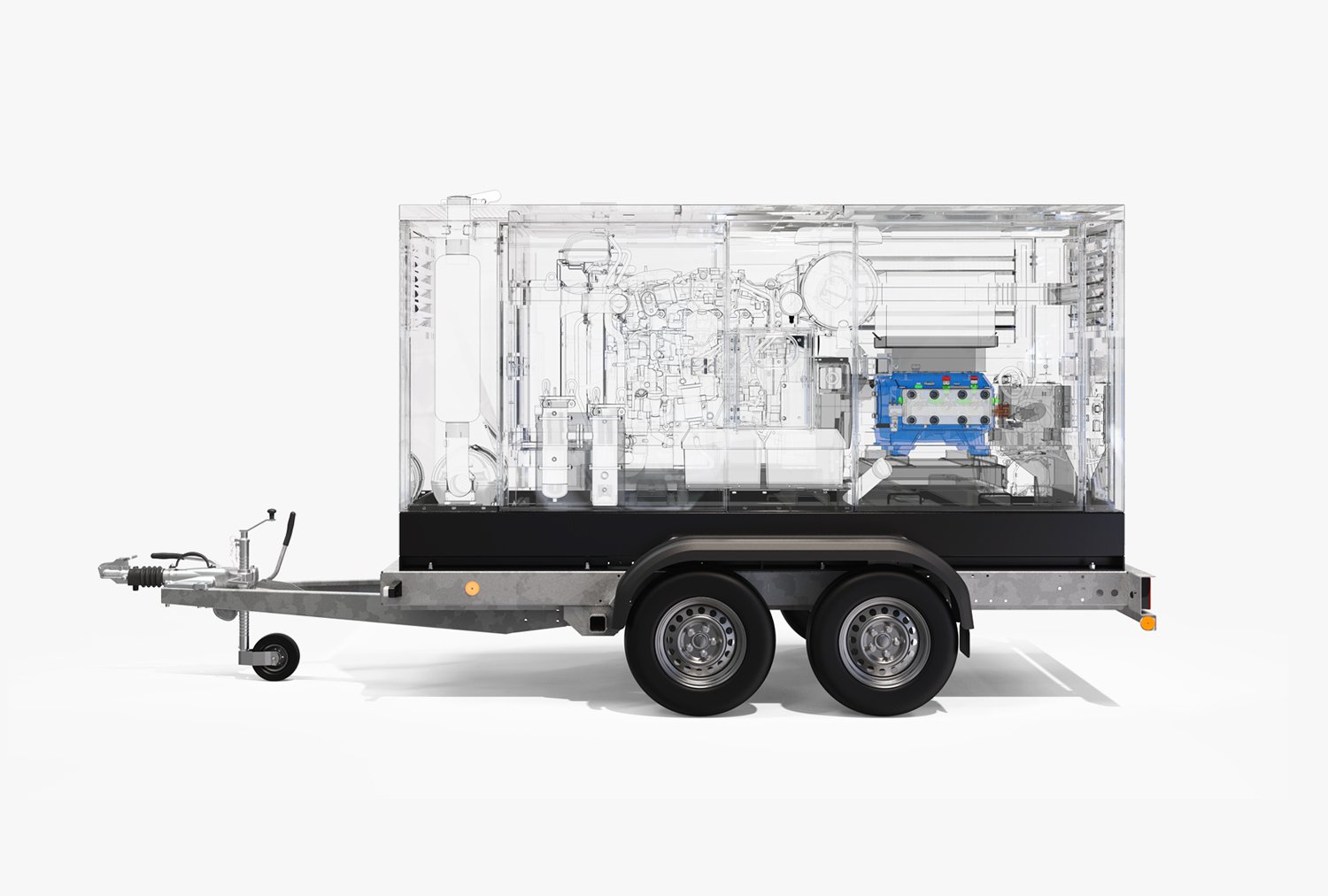Visuals which make an impact…
Selling your idea can be tricky...
Photo-realistic renders can be a highly cost-effective approach when showcasing your design proposal, replacing the need for prototyping, studio time, and photography expenses. Creating compelling visuals with this approach allows a designer to capture the core design intent and present the vision in the clearest possible way. Moreover, this process provides flexibility to generate additional visual materials while accommodating design changes and amendments with ease.
In the past, I’ve created visuals for various materials, and I've learned that it's crucial to understand their intended use and the goals they aim to achieve. Knowing what investors, buyers, and key stakeholders are most interested in holds the key to success.
In turn, this will help you to get the most out of your visuals and can play a pivotal role in convincing those on the other side of the table that your proposition is the right way to go.
I’ll always try to form a narrative with the images I create.
A storytelling approach will often lead to higher levels of engagement. This method also makes it easier to discuss key design features and explain the core USP (unique selling point) of the product. Some of the visuals I've produced have been for products that hadn't been manufactured and were still in their development or conceptual phase.
Here's a short checklist of things you should understand or be aware of before requesting a set of visuals. These points are helpful to consider before approaching a freelancer and will ensure that you receive what you expect:
1. Where are they going to be used?
The visuals can often vary in style, look, and feel based on their purpose.
It's important, as early on as possible, to ascertain what they are going to be used for and where they are going to sit.
There's a big difference between generating content that creates a "wow" moment and one that asks for feedback.
2. What is the data like?
Renders and visuals are created utilising 3D data. In my experience visuals can sometimes fall short if the data is poor quality to begin with. If you’re unsure a good freelancer will offer to look through the data you have and provide feedback on the next steps to take.
3. Have you got any reference material?
The key to creating a compelling set of visuals which go beyond the clients expectations can often be found in the reference material at the beginning of the project. The better the example material is, the more information there will be to work from. This could be other render examples which you like the composition of, render scenes which help to set the tone of the image, or material examples which aid material construction.
4. Are there any areas of specific interest?
Are you hoping to demonstrate or showcase a part of the design that would be impossible to show in real life, such as any section views or extreme close-ups?
Hopefully the above checklist is helpful and there’s some useful information to take away!
If you have any visuals you want to create or you’d like to find out how I can help, please don’t hesitate to fill in the contact form to get in touch!


